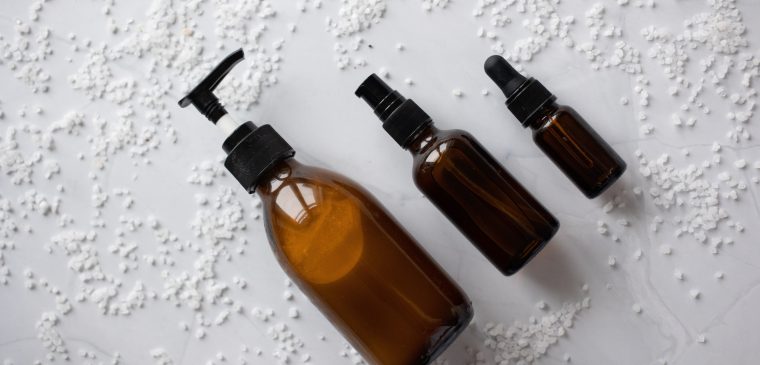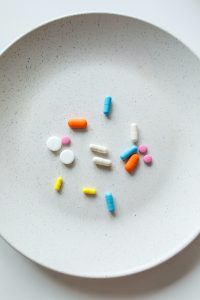
From Lipstick to Medicine: The Legal Line Between Cosmetic and Therapeutic Products
Sharon Givoni Consulting Retail and fashion Law
Are you confused about the difference between therapeutic goods and cosmetics? Don’t worry, you’re not alone. While the terms may sound similar, they are governed by different laws and regulations in Australia. In this blog post, we’ll break down the differences and explain why it’s important to get it right.

Firstly, let’s define what a therapeutic good is. On a very general level, a therapeutic good is any product that is intended to prevent, diagnose, cure, or alleviate a disease, disorder, ailment, or injury, or modify a physiological process. This includes products such as medicines, medical devices, and biological products.
On the other hand, a cosmetic is any substance or preparation intended to be used on any external part of the body for cleaning, beautifying, promoting attractiveness, or altering appearance. Think: skincare products, makeup, and perfumes.
So, what’s the difference between the two? More often than not, it comes down to their intended purpose. If a product is intended to treat or prevent a specific condition or disease, it may be classified as a therapeutic good. If it enhances appearance or promotes general well-being, it may be classified as a cosmetic.
However, it’s not always black and white.
Sometimes a cosmetic product may have therapeutic properties, making it more difficult to classify.
This is where we step in and can assist you further.
Therapeutic Goods vs. Cosmetics: What’s the Difference and Why It Matters

The classification of your product right, as it can have significant implications for its regulation.
You see, if your product is classified as a therapeutic good, it must be registered with the Therapeutic Goods Administration (TGA) and comply with strict requirements for safety and efficacy as well as other requirements.
Failure to comply with these requirements can result in legal and financial penalties, as well as reputational damage.
How can we help?
At our law firm, we can help you navigate the regulatory landscape and comply with the law. Our team of experts can provide valuable support and assistance, helping you get it right from the start and avoid costly mistakes down the track.
In summary, understanding the difference between therapeutic goods and cosmetics is crucial for compliance with the law.
If you need help navigating the regulatory landscape, don’t hesitate to contact us for expert legal advice. We understand that technicalities that apply and regulatory action you need to take. Labelling and packaging instructions is something we also cover.
Please note the above article is general in nature and does not constitute legal advice.
This article was written by Sharon Givoni, Principal Solicitor at the law firm Sharon Givoni Consulting (https://www.sharongivoni.com.au/). We do a lot of work in the area of interior design and understand the industry.
Please email us info@iplegal.com.au if you need legal advice about your brand or another legal matter in this area generally.
